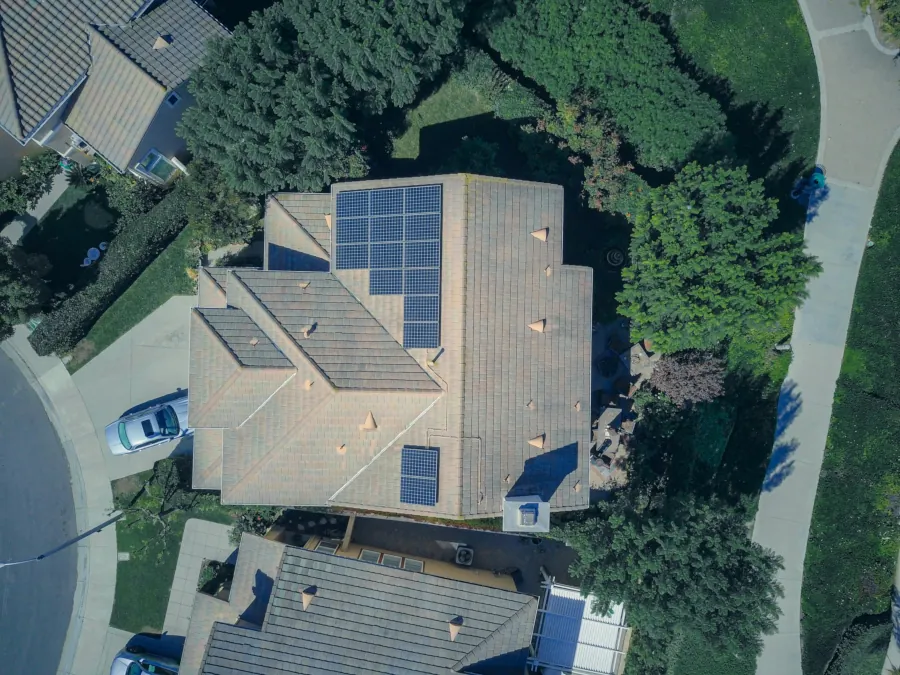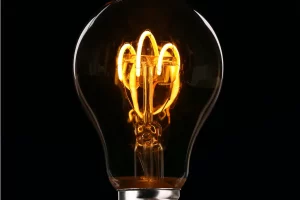As solar energy continues to gain traction as a sustainable power source, advancements in technology are critical to enhancing the efficiency and reliability of solar systems. One such technological advancement is Pulse Width Regulation (PWR) in solar inverters. This article explores what PWR is, the benefits it brings, how it differs from traditional solar inverters, compares PWR with Maximum Power Point Tracking (MPPT) technology, and provides guidance on choosing the right solar inverter for your needs.
What is PWR?
Pulse Width Regulation (PWR) is a control technique used in solar inverters to manage the power output from photovoltaic (PV) panels. PWR adjusts the width of the pulses in a pulse-width modulated signal to regulate the amount of power delivered to the load or battery. By varying the width of these pulses, the inverter can control the average power output, maintaining optimal performance and protecting the system from overloading or underutilization.

PWR technology operates by switching the inverter on and off at high frequencies, modulating the width of the ‘on’ pulses to match the required power output. This method ensures that the power delivery is smooth and efficient, aligning the output with the energy demands and the capabilities of the solar panels.
Benefits of PWR
- Enhanced Efficiency: PWR technology can improve the overall efficiency of a solar power system by optimizing power delivery and minimizing energy losses.
- Improved Power Quality: By regulating the power output, PWR inverters can produce a more stable and higher-quality electrical output, which is beneficial for sensitive electronic devices.
- System Protection: PWR helps protect the solar system from fluctuations in power demand and supply, reducing the risk of damage to the panels and batteries.
- Cost-Effective Solution: PWR technology can be a more affordable alternative to MPPT in some applications, offering a good balance between cost and performance for certain types of solar installations.
Differences Between Solar Inverters with PWR and Without PWR
Solar Inverters Without PWR
Traditional solar inverters without PWR operate at a fixed voltage or rely on simpler methods of power regulation. These inverters might not be able to adjust dynamically to changing environmental conditions, leading to less efficient power management and potential energy losses.
- Lower Efficiency: Without the ability to dynamically adjust power output, traditional inverters may not optimize the energy harvested from the solar panels, resulting in lower overall efficiency.
- Less Stable Power Output: Inverters without PWR may produce less stable power, which can be problematic for certain applications, particularly those involving sensitive electronics.
- Potential for Overload: These inverters might not effectively protect the system from power fluctuations, increasing the risk of damage to components.
Solar Inverters with PWR
Inverters equipped with PWR technology offer significant advantages in terms of efficiency and stability. By continuously adjusting the power output, these inverters can ensure that the system operates at optimal performance levels.
- Higher Efficiency: PWR inverters can optimize power delivery, minimizing energy losses and improving the overall efficiency of the solar system.
- Stable and Quality Power Output: The regulated power output is more stable and of higher quality, which is crucial for applications involving sensitive electronic equipment.
- Enhanced System Protection: PWR helps safeguard the solar system against power fluctuations, reducing the risk of damage and extending the lifespan of the components.
Comparing PWR with MPPT in Solar Inverters
While both PWR and MPPT technologies aim to optimize the performance of solar power systems, they do so in different ways and are suited to different applications.
MPPT (Maximum Power Point Tracking)
MPPT technology continuously adjusts the operating point of the solar panels to ensure they are operating at their maximum power point. This involves complex algorithms that take into account varying sunlight intensity, temperature, and other environmental factors.
- Superior Efficiency: MPPT inverters are highly efficient, often increasing energy harvest by 20-30% compared to simpler control methods.
- Dynamic Adaptability: MPPT systems excel in environments with fluctuating conditions, such as shading, varying sunlight, and temperature changes.
- Higher Cost: The advanced technology and algorithms used in MPPT inverters typically make them more expensive than PWR inverters.
PWR (Pulse Width Regulation)
PWR technology, while not as sophisticated as MPPT, still offers improved efficiency and power quality over traditional fixed-voltage inverters. It adjusts the power output by varying the width of the pulses in a pulse-width modulated signal.
- Enhanced Efficiency and Stability: PWR provides a significant boost in efficiency and power quality compared to traditional inverters, although not to the extent of MPPT.
- Cost-Effective: PWR inverters can be a more affordable option than MPPT, making them suitable for applications where budget constraints are significant.
- Simpler Technology: PWR technology is less complex than MPPT, which can translate to easier maintenance and lower overall system costs.
Choosing the Right Solar Inverter
Selecting the appropriate solar inverter for your system depends on various factors, including your specific energy needs, budget, and environmental conditions.
- System Size and Budget: For large-scale installations where maximizing energy harvest is crucial, MPPT inverters are the best choice despite their higher cost. For smaller systems or those with budget constraints, PWR inverters offer a good balance between cost and performance.
- Environmental Conditions: In environments with highly variable sunlight and temperature conditions, MPPT inverters provide superior performance. In more stable conditions, PWR inverters can deliver efficient power management at a lower cost.
- Energy Requirements: Assess your energy consumption patterns. If your energy needs are high and consistent, the enhanced efficiency of MPPT inverters will provide better value. For less demanding applications, PWR inverters offer adequate performance.
- Application Type: Consider the sensitivity of the equipment being powered. If stable and high-quality power is essential, both MPPT and PWR inverters are suitable, with MPPT offering the best performance.
- Future Expansion: If you plan to expand your solar installation in the future, MPPT inverters are more adaptable and can handle additional panels without sacrificing efficiency.
Conclusion
PWR technology in solar inverters offers a valuable option for improving the efficiency and stability of solar power systems. While MPPT remains the gold standard for maximizing energy harvest, PWR provides a cost-effective alternative that enhances performance over traditional inverters. By understanding the differences between PWR and MPPT, and considering your specific needs and conditions, you can make an informed decision to select the right solar inverter and maximize the benefits of your solar energy system.



